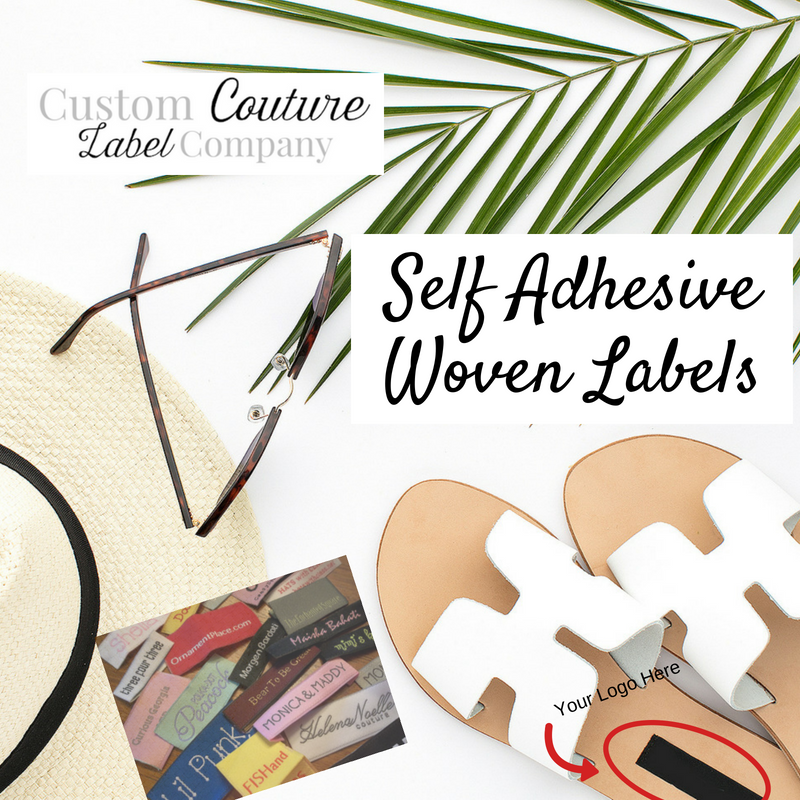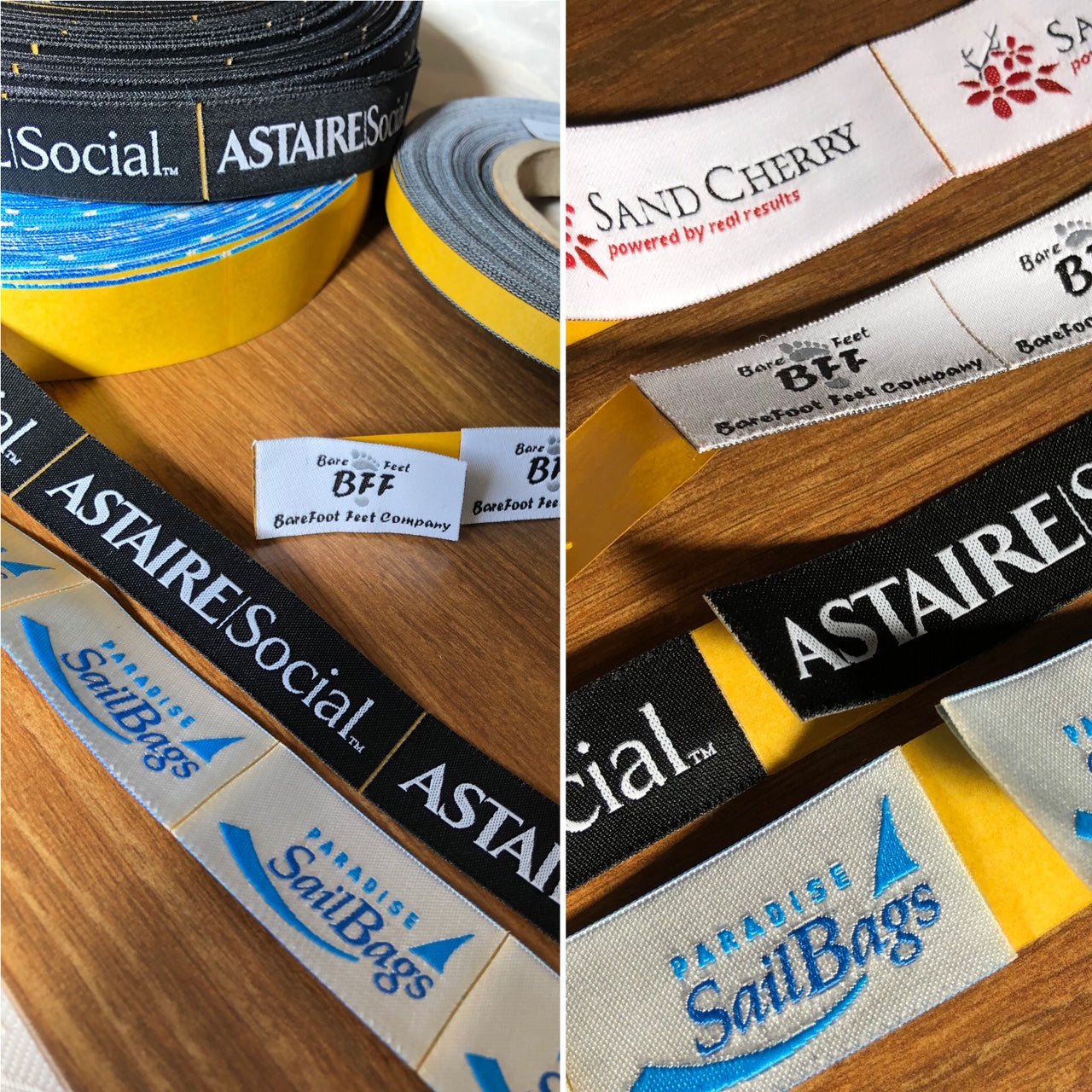Premium Layouts Offered for Self-Adhesive Labels Today
Premium Layouts Offered for Self-Adhesive Labels Today
Blog Article
Picking the Right Self-Adhesive Labels for Your Company and Individual Requirements
Choosing the appropriate self-adhesive tags for both business and individual applications calls for a nuanced understanding of different factors that influence their performance. As we check out these crucial components, it becomes clear that a calculated approach is crucial to ensure your tags not only meet assumptions yet also improve your total branding and organization initiatives.

Comprehending Label Products
When choosing self-adhesive tags, recognizing the various tag products is important to guaranteeing optimum performance and resilience. The selection of material straight influences the tag's appearance, capability, and long life. Usual label products consist of paper, plastic, polypropylene, and polyester, each offering unique benefits and drawbacks.

Polyester tags use exceptional longevity, being resistant to tearing, dampness, and UV light. This makes them an outstanding selection for industrial applications or items that call for lasting labeling options (Self-Adhesive Labels). Polypropylene, while similar to polyester, is usually less costly and gives a good balance of toughness and print quality
Furthermore, take into consideration glue kinds-- permanent, removable, or repositionable-- depending upon your details requirements. Eventually, choosing the appropriate tag product is important for accomplishing the preferred result, making sure that your tags do properly in their desired settings.
Determining the Right Size
Selecting the appropriate dimension for self-adhesive tags is a basic action that enhances the selection of tag products. The dimension of a tag can substantially influence its capability, presence, and total influence. Therefore, it is vital to take into consideration the designated use of the label when determining its dimensions.
First of all, assess the information that requires to be shown. Labels having even more text or graphics will certainly need larger measurements to guarantee readability and visual allure. On the other hand, minimalist layouts may gain from smaller sized labels that keep a smooth visual.
Furthermore, consider the surface area on which the label will certainly be applied. Various surfaces, such as boxes, envelopes, or bottles, may determine particular dimension demands to optimize adhesion and presence.
Furthermore, consider the amount of labels required; larger tags may be extra economical for mass printing.
Examining Adhesive Strength
Just how can one guarantee that self-adhesive labels continue to be firmly connected in numerous conditions? Evaluating adhesive strength is vital for assuring that tags do ideally, whether in a controlled environment or subject to severe temperature levels, moisture, or various other variables.
For example, detachable adhesives are ideal for labels that might require to be rearranged or eliminated without residue, making them appropriate for short-term applications. On the other hand, long-term adhesives are developed to endure various conditions and give a solid bond, more information making them appropriate for long-term labeling needs.
Testing the adhesive strength can entail peel attachment examinations, which measure the force called for to get rid of the tag from a surface. If the adhesive will perform adequately in real-world circumstances, this analysis assists figure out. Additionally, taking into consideration the surface area material is vital, as various substratums may engage with the sticky in different ways. Eventually, selecting the appropriate sticky stamina ensures that self-adhesive tags fulfill their objective, keeping stability and presence throughout their designated life-span.
Selecting the Right End Up
The surface of self-adhesive labels plays a substantial duty in their overall performance and appearance, enhancing the adhesive stamina previously reviewed (Self-Adhesive Labels). The selection of finish can affect not only the visual influence of the label but additionally its longevity and functionality. Typical coatings consist of matte, gloss, and semi-gloss, each offering various purposes
A matte coating supplies a non-reflective surface that is ideal for creating, making it suitable for labels that require hand-written details. This surface also often tends to conceal fingerprints and spots, enhancing the label's look gradually.
On the other hand, a gloss finish supplies a shiny, vibrant appearance that enhances color saturation, making it excellent for marketing tags that need to stand out. Nevertheless, this finish may be much less appropriate for creating, as it can smudge conveniently.
Semi-gloss surfaces strike an equilibrium in between both, supplying a minor luster while preserving great writeability. In addition, think about variables such as moisture resistance and UV security, specifically for tags exposed to extreme settings. By thoroughly picking the appropriate finish, people and businesses can ensure their labels successfully share their intended message while preserving toughness.

Considering Printing Options
Examining printing options is critical for optimizing the effectiveness of self-adhesive labels. The approach you choose will significantly affect the quality and toughness of the end product. important link Self-Adhesive Labels. Usual printing techniques include electronic, flexographic, and thermal transfer printing, each offering distinctive advantages and factors to consider
Digital printing is ideal for variable data and brief runs, permitting quick turnaround times and modification. This technique enables businesses to create tags with high-resolution graphics and elaborate layouts without incurring considerable arrangement expenses. However, it may not be one of the most affordable choice for larger quantities.
Flexographic printing, on the various other hand, is appropriate for high-volume production. It uses versatile relief plates to transfer ink onto various materials, guaranteeing consistent high quality throughout big batches. This technique is typically preferred for its effectiveness and ability to print on a wide variety of substratums, consisting of those with unique surfaces.
Thermal transfer printing is one more practical option, specifically for tags that need toughness against severe problems. This approach supplies phenomenal print top quality and is frequently utilized for barcode and inventory tags.
Eventually, selecting the appropriate printing choice rests on your details labeling demands, budget plan, and manufacturing quantity.
Conclusion
In conclusion, choosing the proper self-adhesive tags necessitates careful consideration of different factors, including tag products, size, adhesive strength, finish, and printing options. Each element plays a critical role in ensuring that the tags fulfill details business or individual demands effectively.
When selecting self-adhesive tags, recognizing the various tag products is vital to guaranteeing optimal performance and toughness.Selecting the suitable dimension for self-adhesive labels is a basic step that matches the selection of tag products. Inevitably, choosing the best adhesive toughness makes sure that self-adhesive labels fulfill their objective, keeping honesty and exposure throughout their intended life-span.
The coating of self-adhesive labels plays a significant duty in their general efficiency and look, complementing the adhesive toughness formerly talked about.In conclusion, picking the suitable self-adhesive tags requires careful factor to visit site consider of various variables, including label products, size, sticky strength, surface, and printing options.
Report this page